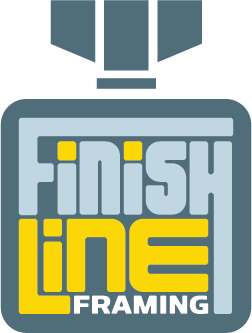Starting a triathlon for the first time may be both thrilling and intimidating. But with the correct direction and planning, you can overcome the obstacle and confidently cross the finish line. To help novices successfully negotiate the rivers, roads, and trails during their first multi-sport experience, consider the following ten crucial triathlon training tips:
- Commence with the Fundamentals: Start by choosing the right gear for running, cycling, and swimming. To put yourself in the best possible position, spend money on a sturdy bike, cozy running shoes, and a well-fitting wetsuit.
- Establish Specific Objectives: Prioritise your goals for the race, such as finishing the course in a reasonable amount of time or just enjoying yourself. Setting specific objectives will help direct your training and sustain your motivation as you go.
- Adopt a Structured Training Plan: Look for a triathlon training plan that is appropriate for beginners and includes running, cycling, and swimming exercises according on your schedule and fitness level. Maintaining consistency is essential, so follow your schedule and progressively up the length and intensity of your workouts.
- Practice Transitions: On race day, you can save a lot of time by making seamless transitions between the swim, bike, and run legs of the competition. During your training sessions, set up a mimic transition area where you may practice changing gears fast and effectively.
- Put Technique First: To increase productivity and reduce injuries, give each discipline's technique and form first priority. Joining triathlon training groups or asking knowledgeable coaches for advice are good ways to get individualised assistance and feedback.
- Include Brick Workouts: To simulate race circumstances and adjust to the particular demands of triathlon, brick workouts, which combine two or more disciplines in a single training session, are crucial. Try to get in regular swim-bike or bike-run sessions to prime your body for the changes in intensity.
- Fuel and Hydrate Correctly: Maintaining energy levels and improving performance during training and on race day depend on proper nutrition and hydration. Try a variety of feeding techniques and see what works best for you when it comes to eating and drinking throughout lengthier exercises.
- Listen to Your Body: Modify your workout based on any indications of exhaustion, pain, or damage. Schedule rest days and recuperation exercises to give your body time to heal and adjust to the demands of training.
- Imagine Success: When it comes to triathlons, mental preparation is equally as crucial as physical training. To increase your self-assurance and mental toughness, see yourself winning, conquering obstacles, and realizing your objectives.
- Above all, remember to enjoy the road and acknowledge your accomplishments as you go. Have fun and remain positive. Training for a triathlon is a demanding but rewarding experience that will help you reach new heights and realize your greatest sporting potential.
When you start your triathlon adventure, think about using our Showcase Frame to highlight your commitment and accomplishments. Your racing medals look great in our tastefully designed frames, which also act as a continuous reminder of your perseverance and hard work. Celebrate your successes and encourage others to follow your lead to become multisport greats.




